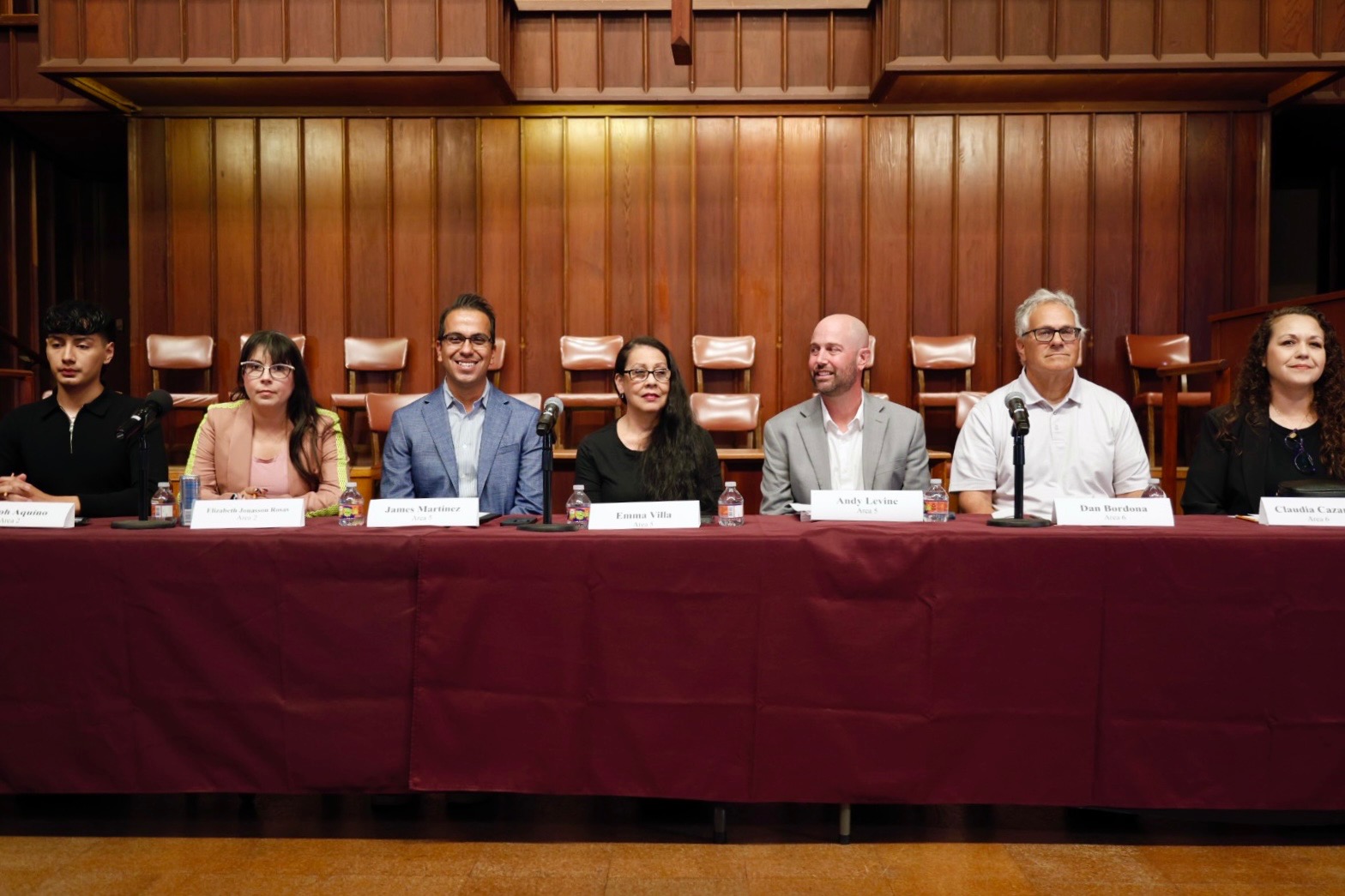Mike Reynolds, author of the three strikes law, has expressed some concerns about restorative justice. He was first introduced to the concept of restorative justice in the early ‘80s. He has voiced that that the restoration of an incident is unarguably a good thing and not many can deny that. Benefits like being recompensed for the damage done to property or being reunited with previously stolen possessions are difficult to oppose. He does however think that a system like this could only work for for small crimes and that “restoring” certain wrongdoings just isn’t possible. He also expressed some concern with the apparent lack of tangible data that really gets to the core of restorative justice’s why and how. He lists as examples the fact that although most restorative processes are voluntary in nature, no one tracks the reasons why individuals choose to go with the restorative route.
[pullquote_left][Reynolds, three strikes law author, thinks] that a system like this could only work for for small crimes and that ‘restoring’ certain wrongdoings just isn’t possible.”[/pullquote_left]Reynolds asks questions like, how does one know that the individuals who participate in the restorative process aren’t the type of individuals who would have been less likely to reoffend in the first place? He also points out that these types of answers can be useful in proving the effectiveness of the program, and that this is something that needs to be investigated, especially when any program works for the public and is funded to do so.
Recently, the implementation of restorative justice in FUSD has become a possibility, especially now that it is a recommendation of the Graduation Task Force. In March, the district assembled a task force consisting of educators, administrators and community members whose goal was to research solutions to the dropout crisis. The adoption of recommendation eight, which relates to the implementation of a restorative model in schools, makes these questions very relevant.
So far the timeline for the implementation of restorative justice in schools is uncertain, but work is underway. Fresno Unified’s superintendent Michael Hanson has stressed the importance of proper implementation.
“Just changing a policy and just expecting that to drive everybody’s behavior is not very realistic,” he said. He foresees several difficulties in implementation and knows that there is a lot of work to be done if FUSD is to succeed. “Communicating and developing a trusting environment in which to develop this will be the most difficult thing,” Hanson said. He also points out that although Oakland is several years into similar work, restorative justice is just beginning to be used at Skyline High School, the fit is the first comprehensive high school in Oakland to do so.
“My initial hope was to go much bigger, much faster. But in conversations around it, on the central San Joaquin Valley floor, we don’t appear to have a great deal of capacity that would overnight or in a dramatic way turn Fresno. So I think it’s going to take us awhile to build the ability to do this,” Hanson said. Among the factors to consider will be the fact that FUSD is still wrestling with budget cuts and that the process of restorative justice is a relatively new process to many.
Hopefully the decisions FUSD leaders have made and the ones that they continue to make will be ones that have the best interest of our students. We must remember to put our young people at the forefront of our minds when we make decisions that affect them and truly consider how best to sculpt them into the leaders of tomorrow that they will become. Perhaps restorative justice is a good avenue to help our youth overcome a troubling trend. Nevertheless, any decision that is made to help our students must do just that and help us invest in our future.


